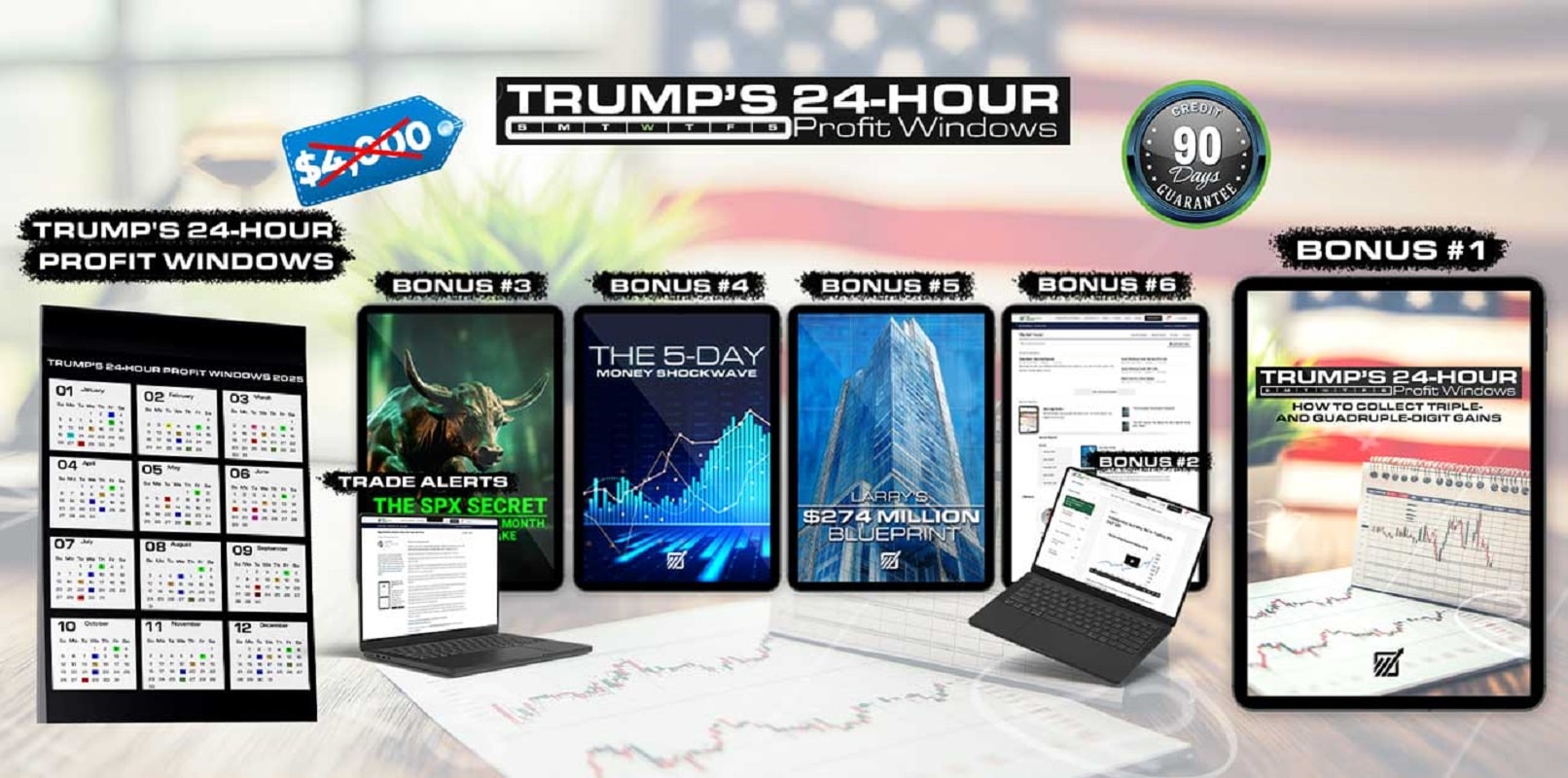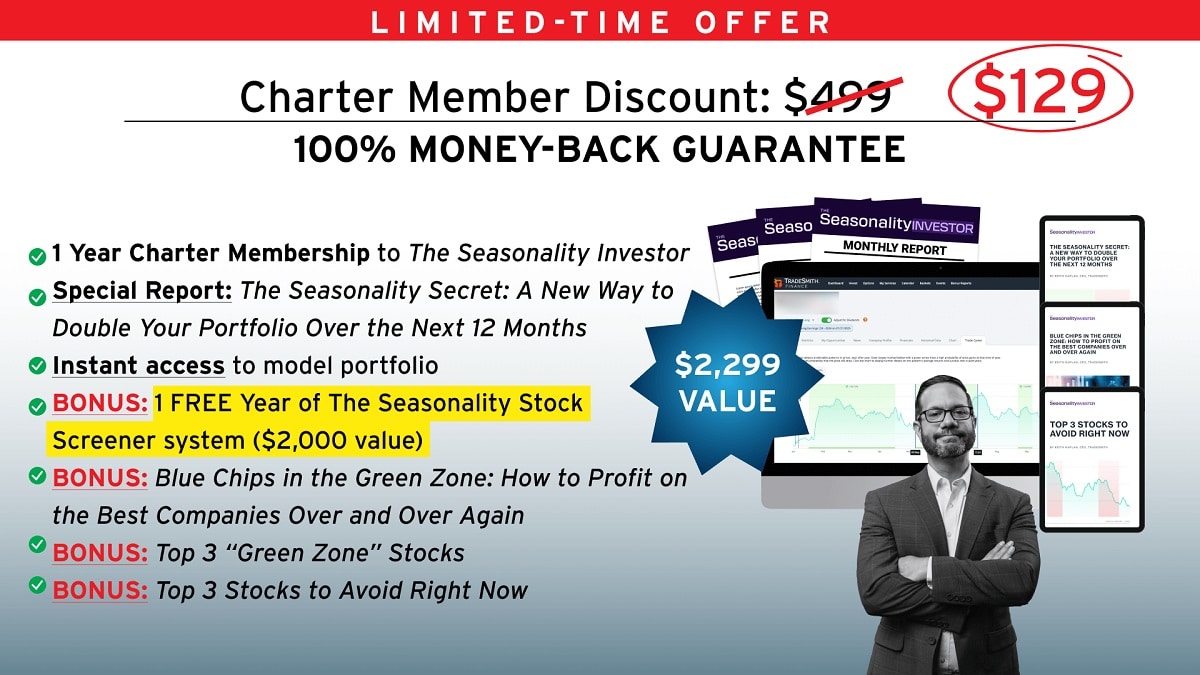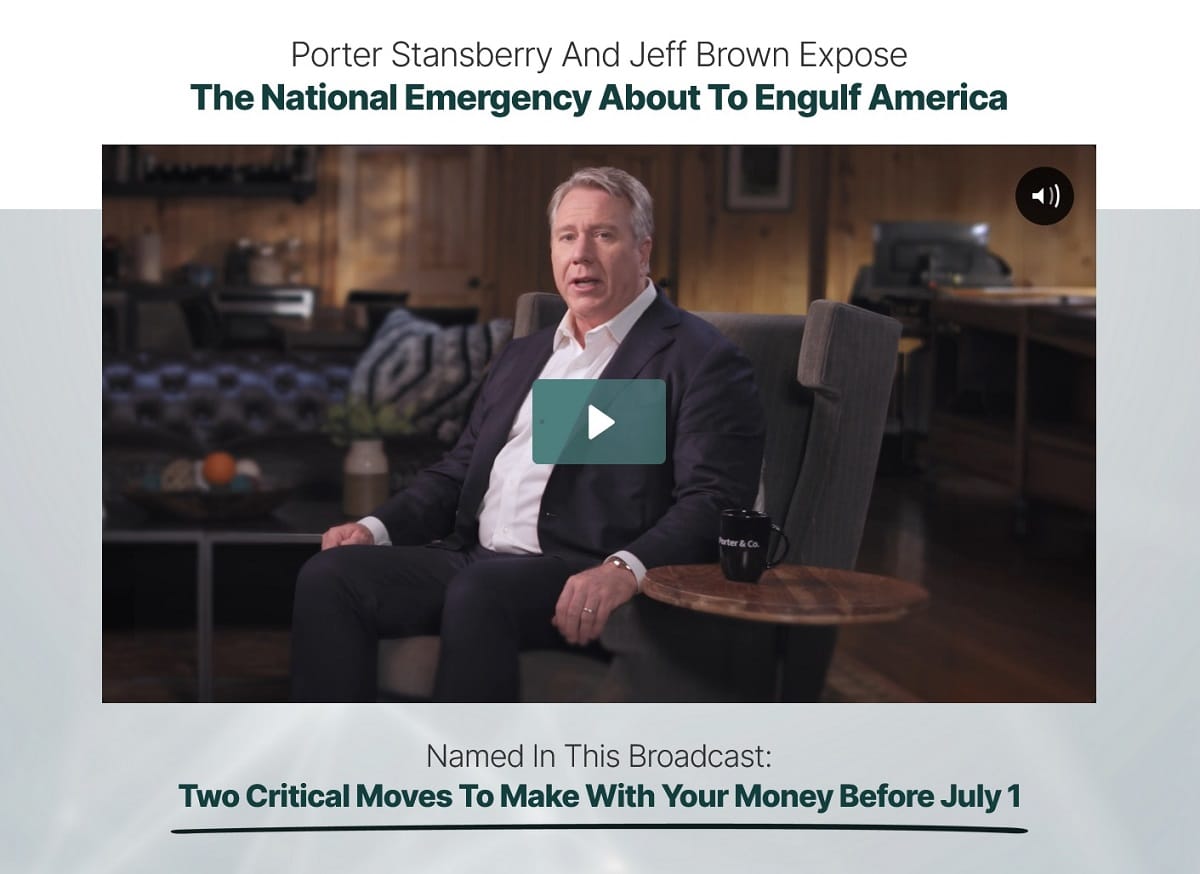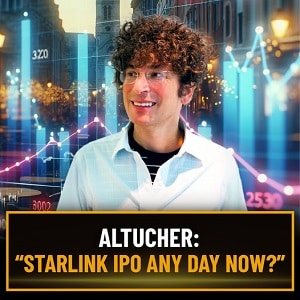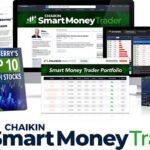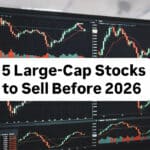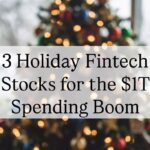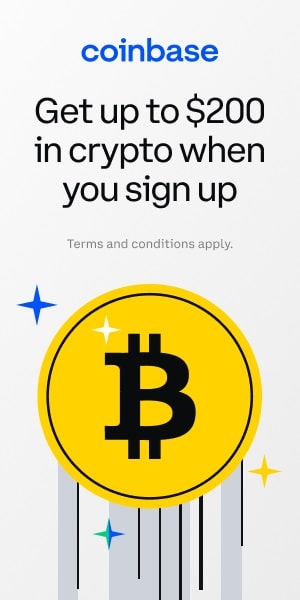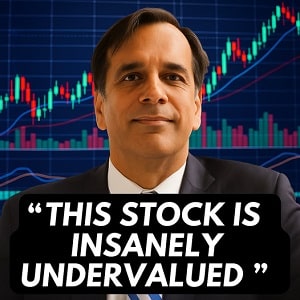In a stock market rattled by volatility—tariffs crashing indices one day, soaring the next—most investors struggle to stay ahead. Enter Larry Benedict, a Wall Street legend with 40 years of success, who claims his S&P Trader service can deliver consistent triple-digit gains in a single day using just one ticker: SPX. Priced at $1,500 (down from $4,000), with bonuses valued over $10,000 and a 90-day guarantee, Benedict’s strategy promises to simplify trading and capitalize on market moves triggered by Trump’s policies. This S&P Trader review dissects Larry Benedict’s service, its SPX-based credit spread approach, real-world results, and whether it’s a legitimate path to financial freedom in 2025’s turbulent markets.
Who is Larry Benedict?

Larry Benedict is no ordinary trader. With a 40-year career, he’s achieved an extraordinary feat: 20 consecutive years without a losing year. His track record includes:
-
Managing nearly $1 billion for elite clients like the Bank of New York, Saudi Arabia’s royal family, and the Canadian government.
-
Generating $274 million in verified profits for his hedge fund, Bangin’ Equity Management, which required a $1 million minimum investment.
-
Earning $95 million in profits during the 2008 financial crisis, when most investors faced catastrophic losses.
-
Producing over $8 million in a single day, one of his most legendary trades.
Featured in Hedge Fund Market Wizards alongside icons like Ray Dalio and Paul Tudor Jones, Benedict’s expertise is undeniable. His firm, acquired by Goldman Sachs for $6.5 billion in 2000, cemented his reputation. Now, through S&P Trader, he’s sharing his strategy with retail investors, claiming anyone can profit from market moves driven by Trump’s influence.
What is The S&P Trader?
S&P Trader is a subscription-based advisory service focused on trading the SPX, the S&P 500 index ticker, using a strategy called credit spreads. Benedict identifies 52 “Trump’s 24-Hour Profit Windows” annually—pre-scheduled market events tied to federal reports or Trump’s actions—that trigger massive money flows (up to $240 billion per event). These windows allow traders to pocket gains like $597, $1,222, or $2,010 in a single day without holding positions overnight.
The service, priced at $1,500 (a $2,500 discount), includes:
-
Calendar of 52 Profit Windows: Dates marked for government-scheduled events, some mandated by law.
-
Daily Trade Alerts: Up to 250+ opportunities yearly, with step-by-step instructions.
-
Special Report: Trump’s 24-Hour Profit Windows: How to Pocket Triple and Quadruple Digit Payouts.
-
Video Series: How to Retire Early with One Ticker, a six-part guide.
-
Bonus Guides: The SPX Secret: The Safest $1,000 a Month You’ll Ever Make, The Five-Day Money Shockwave, and Larry’s $274 Million Blueprint.
-
Portfolio Updates: Weekly market analysis.
-
90-Day Guarantee: Full $2,000 credit toward other services if unsatisfied.
Benedict’s system avoids complex indicators, requiring only a brokerage account and minutes daily to execute trades.
The Strategy: Credit Spreads on SPX
S&P Trader uses credit spreads, an options strategy where traders collect premiums upfront by setting a range the S&P 500 won’t exceed in a day. If the market stays within this range, traders keep the premium; if it moves outside, losses are capped (e.g., 15 points per contract minus the premium). Key features:
-
Simplicity: No need for technical indicators like RSI or Bollinger Bands; trading software handles calculations.
-
Defined Risk: Maximum loss is known upfront, unlike stock trading’s unlimited risk.
-
Flexibility: Profits in up, down, or sideways markets, as seen in 2025’s volatility.
-
Scalability: Start with $1,200 per contract; larger accounts can trade multiple contracts for higher gains.
Benedict’s system avoids predicting market direction, instead capitalizing on expected volatility within a range, making it accessible to beginners and pros alike.
How It Works: A Step-by-Step Breakdown
Benedict’s process is straightforward:
-
Monitor the Calendar: 52 pre-scheduled profit windows are marked, with additional opportunities (up to 250+ yearly) based on market signals.
-
Receive Trade Alerts: Daily emails detail exact trade parameters (e.g., call or put spread, strike prices).
-
Place the Trade: Before 10 AM, enter the numbers into a brokerage account via a few clicks.
-
Collect Profits: Trades close by 4 PM; if the S&P 500 stays within the set range, the premium is kept.
-
Scale Up: Start with one contract ($1,200), increasing as the account grows.
The system leverages a “mathematical advantage,” akin to a casino’s house edge, ensuring wins outnumber losses over time (79% win rate). No overnight positions mean no sleepless nights.
Performance: Real Results, Not Backtests
Benedict emphasizes these are real, not backtested, results. Examples include:
-
January 8, 2025: $611 per contract.
-
January 10, 2025: $597 per contract.
-
January 15, 2025: $611, $1,222, or $1,833 per one, two, or three contracts.
-
January 21, 2025: $183, $732, or $1,830 per one, four, or ten contracts.
-
January 29, 2025: $215, $430, $645, or $1,080 per one to four contracts.
-
February 12, 2025: $269 per contract.
-
March 5, 12, 18, 28, 2025: $255, $261, $355, $216 per contract, totaling over $1,000.
-
April 3, 2025: $2,800 for 10 contracts during a market crash.
-
May 7, 13, 2025: $180 and $245 per contract.
An 18-trade winning streak in January yielded over $3,000 per contract. Subscriber testimonials:
-
Charles T.: $40,000 in two months.
-
Marchee: $8,250 in seven days.
-
Richard H.: $52,014 in 26 days, outpacing his career salary.
-
Mark A.: $114,379, nearing mortgage payoff.
Since 2022, S&P Trader delivered a 304.18% return on a $10,000 account, far outstripping market averages. Results aren’t guaranteed, and losses occur, but the 79% win rate suggests consistency.
The 2025 market was a minefield: Trump’s tariff announcements crashed markets by $6.6 trillion on April 3, followed by recoveries and sell-offs. Traditional investors suffered, with Apple, Meta, Nvidia, Amazon, and Tesla losing 5-9% in a day. S&P Trader thrived by:
-
Exploiting Volatility: Profiting in up (January’s $611), down (April’s $2,800), or sideways markets.
-
Avoiding Emotion: Data-driven trades eliminate fear or greed.
-
Short-Term Focus: Daily trades avoid long-term market risks.
Benedict’s strategy turned Trump’s “market chaos” into a “gold mine,” leveraging $240 billion inflows per event.
Why SPX and Credit Spreads?
The SPX ticker tracks the S&P 500 index, offering:
-
Stability: Represents 500 major companies, reducing single-stock risk.
-
Liquidity: High trading volume ensures easy execution.
-
Predictability: Government-scheduled events create reliable volatility.
Credit spreads are ideal because:
-
Upfront Payment: Premiums are collected when the trade is placed.
-
Capped Risk: Losses are limited to a predefined amount.
-
High Win Rate: 79% success rate as of June 2025.
-
Simplicity: No need to own shares or predict market direction.
This contrasts with stock trading’s unlimited risk or complex options strategies requiring extensive analysis.
Is It Legit?
Benedict’s credentials—40 years, $274 million in profits, a Goldman Sachs acquisition, and a 20-year lossless streak—are unmatched. His 79% win rate, real results (e.g., $114,379 for Mark A.), and subscriber success stories validate S&P Trader.
The $1,500 price, with a $2,500 discount and $10,000+ in bonuses, is reasonable compared to his $1 million hedge fund minimum. The 90-day guarantee (full $2,000 credit) minimizes risk. However:
-
Risks Remain: No trade is guaranteed; losses occur in ~21% of trades.
-
Learning Curve: Beginners may need time to master credit spreads, despite guides.
-
Trump Dependency: Strategy relies on Trump’s market influence, which may wane.
The system’s transparency, simplicity, and track record suggest legitimacy, but investors must understand the capped risk (15 points per contract) and avoid over-leveraging.
Is $1,500 Worth It?
At $1,500, with 250+ annual trade opportunities, a 79% win rate, and bonuses, S&P Trader offers strong value. A single trade ($597) could cover a third of the cost, and subscribers like Richard H. ($52,014 in 26 days) recouped it quickly. Compared to Benedict’s $1 million hedge fund fees, $1,500 is accessible. The 90-day guarantee ensures a low-risk trial. For traders seeking consistent, low-effort gains in volatile markets, it’s a compelling investment.
Getting Started
Joining S&P Trader grants immediate access to:
-
Trade alerts via email/cell phone.
-
The SPX ticker and credit spread instructions.
-
The 52-date calendar, with the next window days away.
-
Educational resources to start small and scale.
Trades take 15-30 minutes daily, with alerts providing exact steps. Beginners can paper-trade initially, while experienced traders can leverage larger accounts for bigger profits.
Conclusion
Larry Benedict’s S&P Trader offers a proven, low-risk strategy to capitalize on Trump-driven market volatility using SPX credit spreads. With a 79% win rate, real results ($40,000-$114,379), and a $1,500 price backed by a 90-day guarantee, it’s a legitimate option for 2025 traders. The next profit window is imminent—act now to join and potentially transform your financial future.
The S&P Trader FAQ: Larry Benedict’s Strategy Uncovered
What is The S&P Trader?
The S&P Trader is a subscription-based trading advisory service led by Larry Benedict, a Wall Street veteran with 40 years of experience. It focuses on trading the SPX (S&P 500 index) ticker using credit spreads to capitalize on 52 pre-scheduled “Trump’s 24-Hour Profit Windows” annually, aiming for triple-digit gains in a single day.
Who is Larry Benedict?
Larry Benedict is a renowned trader with:
- 20 consecutive years without a losing year.
- $274 million in verified profits for his hedge fund clients.
- $95 million in profits during the 2008 financial crisis.
- Over $8 million earned in a single day.
- Experience managing nearly $1 billion for clients like the Bank of New York, Saudi Arabia’s royal family, and the Canadian government.
- A feature in Hedge Fund Market Wizards alongside Ray Dalio and Paul Tudor Jones.
What are Trump’s 24-Hour Profit Windows?
These are 52 annual market events tied to government-scheduled dates (e.g., Fed meetings, CPI releases, nonfarm payrolls), amplified by Trump’s market-moving actions like tariffs or speeches. Each event drives up to $240 billion in market flows, creating predictable trading opportunities.
How does the strategy work?
The strategy uses credit spreads on the SPX ticker, where traders:
- Place a trade before 10 AM, setting a range the S&P 500 won’t exceed.
- Collect a premium upfront.
- Close the trade by 4 PM, keeping the premium if the market stays within the range.
- Risk is capped (e.g., 15 points per contract minus the premium).
The system leverages a “mathematical advantage” for a 79% win rate as of June 2025.
What is a credit spread?
A credit spread is an options strategy where traders sell and buy options to create a range. If the S&P 500 stays within this range by 4 PM, the trader keeps the premium collected upfront. Losses are limited to a predefined amount, making it low-risk compared to stock trading.
What is the SPX ticker?
SPX is the ticker for the S&P 500 index, representing 500 major U.S. companies. It’s stable, liquid, and ideal for Benedict’s strategy due to its predictable volatility during scheduled events.
Do I need to predict market direction?
No. The strategy profits whether the market moves up, down, or sideways, as long as it stays within the set range. This eliminates the need to guess market trends.
What kind of returns can I expect?
Real results include:
- January 10, 2025: $597 per contract.
- January 15, 2025: $611, $1,222, or $1,833 for one, two, or three contracts.
- April 3, 2025: $2,800 for 10 contracts during a $6.6 trillion market crash.
- March 2025: Over $1,000 across four trades ($255, $261, $355, $216 per contract).
- 18-Trade Streak (January 2025): Over $3,000 per contract.
Since 2022, S&P Trader achieved a 304.18% return on a $10,000 account. Results aren’t guaranteed, and losses occur in ~21% of trades.
How much capital do I need to start?
You can start with as little as $1,200 per contract. As your account grows, you can trade multiple contracts (e.g., 10 contracts for $2,800 on April 3, 2025). Experienced traders with larger accounts can scale up immediately.
What is included in the S&P Trader subscription?
For $1,500 (down from $4,000), subscribers receive:
- Calendar: 52 marked profit windows, including four “Five-Day Money Shockwaves.”
- Daily Trade Alerts: Up to 250+ opportunities yearly with step-by-step instructions.
- Special Report: Trump’s 24-Hour Profit Windows: How to Pocket Triple and Quadruple Digit Payouts.
- Video Series: How to Retire Early with One Ticker (six parts).
- Bonus Guides:
- The SPX Secret: The Safest $1,000 a Month You’ll Ever Make.
- The Five-Day Money Shockwave (four annual high-profit events).
- Larry’s $274 Million Blueprint (seven risk-management principles).
- Weekly Updates: Market analysis and trade reviews.
- 90-Day Guarantee: $2,000 credit for other services if unsatisfied.
Total value exceeds $10,000.
What is the Five-Day Money Shockwave?
These are four annual events where market volatility spikes, offering doubled or tripled profits compared to regular profit windows. The guide is included free with S&P Trader.
How does the strategy handle market volatility?
The 2025 market saw a $6.6 trillion crash (April 3), recoveries, and sell-offs due to Trump’s tariffs and speeches. S&P Trader thrives by:
- Profiting in any market direction (e.g., $2,800 during April’s crash).
- Using short-term trades to avoid long-term risks.
- Eliminating emotional decisions with data-driven alerts.
Is the strategy suitable for beginners?
Yes. The service includes:
- Step-by-step trade alerts requiring no technical knowledge.
- A six-part video series and guides simplifying credit spreads.
- The ability to start with one contract ($1,200) or paper-trade.
Beginners can follow alerts like a recipe, scaling up as confidence grows.
How much time does trading require?
Trades take 15-30 minutes daily:
- Read the morning alert.
- Enter trade details before 10 AM.
- Check results after 4 PM.
No overnight positions or constant monitoring are needed.
What are the risks?
Losses occur in ~21% of trades, capped at 15 points per contract minus the premium. Past performance doesn’t guarantee future results. Over-leveraging (trading too many contracts) can amplify losses. The strategy relies on Trump’s market influence, which may change.
How does the 90-day guarantee work?
If unsatisfied within 90 days, contact Benedict’s team for a $1,500 credit toward other services from his company or its parent. No cash refunds are offered.
Why focus on one ticker (SPX)?
The SPX offers:
- Stability from 500 major companies.
- High liquidity for easy trade execution.
- Predictable volatility during scheduled events, amplified by Trump’s actions.
How does Trump influence the strategy?
Trump’s policies (tariffs, speeches, Fed critiques) drive $240 billion market flows during scheduled events, creating profit windows. For example, his April 3, 2025, “Liberation Day” speech triggered a $6.6 trillion sell-off, yet S&P Trader profited $2,800 per 10 contracts.
Is the strategy the same as Benedict’s hedge fund approach?
Yes. The credit spread strategy on SPX is the same used to generate $274 million for his hedge fund and $95 million in 2008. It’s now accessible to retail investors with a $1,500 subscription.
How does the service simplify trading?
Alerts provide exact trade details, requiring no analysis. Trading software handles calculations, eliminating the need for indicators like RSI or Bollinger Bands. Trades close by 4 PM, avoiding overnight risk.
What is the cost, and is there a discount?
The regular price is $4,000 annually, but a special offer reduces it to $1,500—a $2,500 discount. This includes all bonuses and daily alerts.
Why haven’t I heard of this strategy before?
It’s a new approach leveraging Trump’s 2025 market influence, which amplified government-scheduled events. Previously, these events (e.g., Fed meetings) caused smaller moves (1-2%). Benedict’s 40-year-old Wall Street strategy, once exclusive to high-net-worth clients, is now public.
Can I profit without Trump’s influence?
Yes. The strategy works on any SPX volatility, with 250+ annual opportunities beyond the 52 scheduled windows. However, Trump’s actions currently enhance profitability.
How do I get started?
Click here to join. You’ll gain immediate access to the calendar, alerts, guides, and videos. The next profit window is imminent.
Is The S&P Trader legit?
Benedict’s credentials, 79% win rate, and real subscriber results ($8,250-$114,379) suggest legitimacy. The $1,500 price, $10,000+ in bonuses, and 90-day guarantee make it low-risk. However, losses are possible, and success requires discipline.
What makes this different from other trading services?
- Single Ticker: Focuses solely on SPX, unlike multi-stock strategies.
- Daily Closure: No overnight risk.
- High Win Rate: 79% success rate.
- Simplicity: No complex indicators; alerts guide every step.
- Trump Effect: Leverages unique 2025 market dynamics.
Can I trade more than the 52 profit windows?
Yes. Benedict provides up to 250+ trade alerts yearly, including non-scheduled opportunities when market signals align, like the January 18-trade streak yielding $3,000+ per contract.
How does the strategy protect capital?
- Capped Risk: Losses are limited to 15 points per contract minus the premium.
- No Overnight Exposure: Trades close daily.
- Conservative Approach: Focuses on consistent gains, not high-risk bets.
Benedict’s hedge fund had a maximum drawdown of 5.5% from 1990-2011, reflecting disciplined risk management.
Why is timing critical?
Profit windows are fleeting (open before 10 AM, close by 4 PM). Missing a window means missing the trade. The next window is days away, emphasizing urgency.

